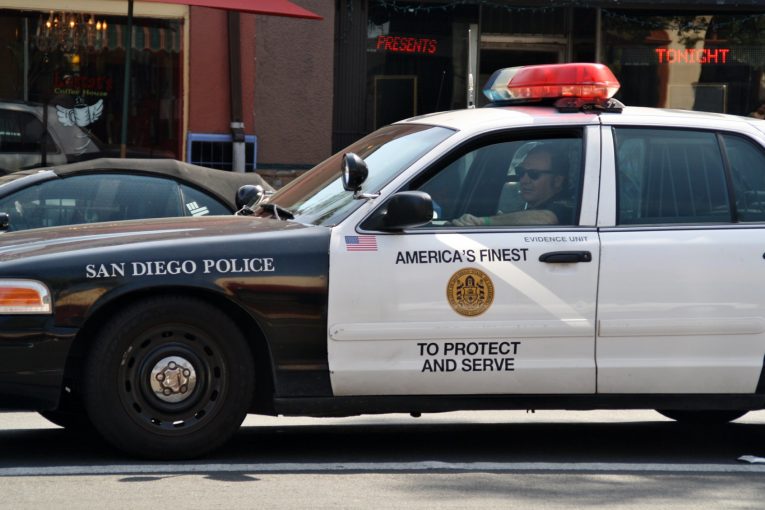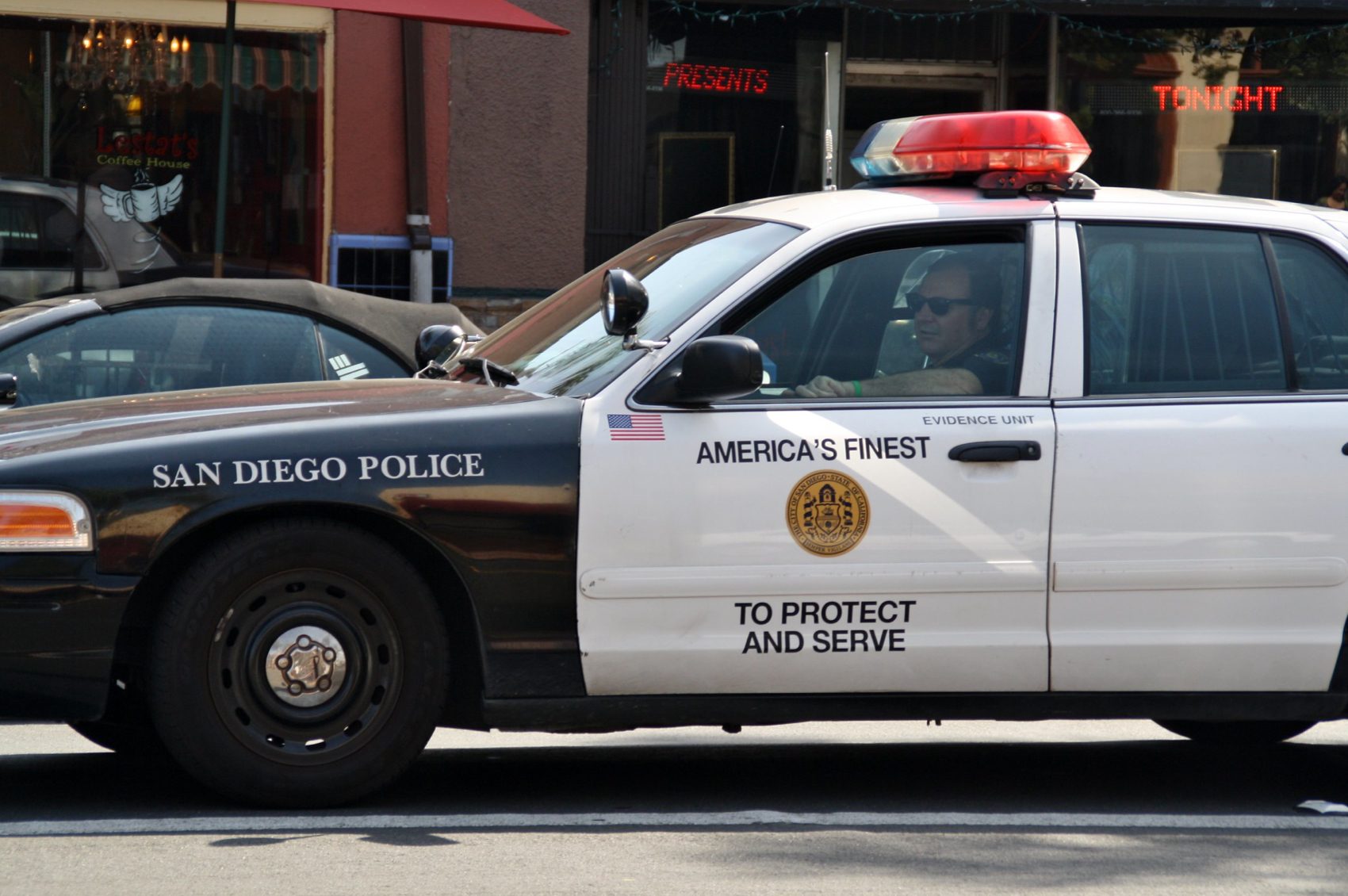

By David M. Greenwald
Executive Editor
San Diego, CA – Communities across the state are slowly, quietly and a bit below the overall radar looking at ways to re-imagine policing. On the Vanguard, we have covered a few including the discussion in Davis, where I live, but also some of the work that has happened in Berkeley, Oakland and San Francisco. One thing I have learned—we all need to be paying attention to the discussion in other communities and learn from each other.
I tuned in for the Transformational Tuesday discussion hosted by Geneviéve Jones-Wright, the Vanguard’s newest board member and her organization MoGo (Community Advocates for Just and Moral Government).
The RIPA (Racial Identity Profiling Act) data that came out last year tells a similar story to what we have seen in many jurisdictions.
A report published by Campaign Zero found: “San Diego Police Department stopped black people at 219% higher rate per population than white people.” Moreover, “Once stopped black people were more likely to be searched, arrested, and to have force used against them.”
The sheriff’s department has similar problems, though they *just* stopped Black people at 130% higher rate than whites.
“Our analysis finds evidence of discriminatory policing by both departments,” they write. “San Diego police stopped black people at higher rates than white people in 85% of the police beats in their jurisdiction, while San Diego sheriff’s deputies stopped black people at higher rates in every area of their jurisdiction.”
They added that “both departments not only use force more often but also use more severe forms of force against black people than other groups, even after controlling for arrest rates and alleged level of resistance. We also found evidence of anti-Latinx bias in the use of consent searches and evidence of anti-LGBT bias and bias against people with disabilities in both departments’ search practices.”
Jones-Wright on Tuesday said that their starting point was focusing on “decriminalizing low-level offenses” or “quality of life offenses.”
She said, “If we could just decriminalize those low level offenses, if we could divest money from police budgets to non law enforcement alternatives and community services.”
This would allow them to “cut down on the interactions that law enforcement has with certain communities that result in over policing and also result in our police officers not doing the jobs that they are trained to do and are good at and should be doing.”
The community in San Diego is working on passing the PrOTECT Ordinance (protect stands for Preventing Over-Policing Through Equitable Community Treatment).
Under PrOTECT:
- Require police officers to have probable cause to stop or search anyone, including Fourth waivers—people on probation or parole who have waived some of their Fourth Amendment rights
- Require probable cause for searches
- Prohibit officers from questioning people about any offenses beyond the offense for which they were stopped unless the officers have probable cause
- Hold officers accountable if they violate the ordinance
Chloe Triplett, a staffer for Councilmember Montgomery Steppe, gave an update on the progress of Re-Imagining Public Safety.
She noted that, while the data has been out there since a 2016 SDSU study, no matter how people have tried to break it down, “it’s gotten us all to the exact same end game that Black and brown people are treated extremely differently than whites, especially when stopped in traffic stops.
“The council has to govern by data making driven decisions,” she said. “We have all the data now and we have it information to support our efforts to reimagine public safety.”
She added, “The data from all of these reports has highlighted a really shameful reality for Black Americans and Black San Diego in particular.
“This is what we all face on a daily basis,” she said. “We are policed more often. We’re policed more severely. And because of the way that officers are trained, many people fear their interactions with the police. So we know that innocent folks will flee or try to remove themselves from being surrounded because they’re afraid of what the outcome can be.”
Triplett added, “And honestly, we all know that it’s just completely unacceptable.”
That’s what the data says—and frankly, not just in San Diego, we are seeing similar data across the state as RIPA data becomes more available as well as in a number of emerging academic studies.
The question is what do you do about it.
And the coalition in San Diego has put forth a strong set of policy goals that in some ways go beyond what we have seen put on the table in places like Berkeley, Oakland and even San Francisco.
Triplett explained, “We should all feel encouraged and inspired to focus on some actual solutions with teeth.”
She continued, “We have really strong evidence that some of this stuff can actually help reduce police violence.”
But they need to be able to pass this proposal.
“San Diego, as a whole, as a city, we have to get there. We have to put policies and changes in place that are going to prevent future harm and actually invest in systems that all of our communities can rely on.”
In July the Vanguard published the San Francisco Public Defender recommendations—eliminating quality of car stops, eliminating jaywalking and loitering detention and baseless searches.
In June, Oakland voted to cut $18.4 million from the mayor’s proposed police budget and move it toward violence prevention measures and social services.
Earlier this year, Berkeley voted to limit low-level traffic stops to reduce the need for policing communities of color.
One thing that came to mind as I listened to the discussion last week in San Diego is how many other communities are having similar discussions, and have similar disproportionate stop data for Black and brown people. And yet there will likely be a variety of different approaches by the local communities—some will take stronger measures, some more limited measures, and some will take no measures.
Indeed, in May, the League of California Cities published a 47-page guide to what cities have done so far, with ballot language from San Diego’s Measure B, Sonoma’s Measure P, and Berkeley’s Charter Amendment to establish a Police Accountability Board.
The League concludes: “It would be difficult to definitively capture the myriad public safety reform efforts currently underway in California given the size of the state and the complexity of the efforts.”
It leads me to wonder—should local communities continue to lead the way or should the state start attempting implementation of some of the measures that have broader support?


This action is at least a good first step of the re-imagining of police. Hopefully this reform will happen sooner rather than later, in helping with things police can do better such as carrying out law enforcement equally with all races and focusing on traffic safety issues to reduce lawsuits for car accident injuries that are increasing on crowded California streets.